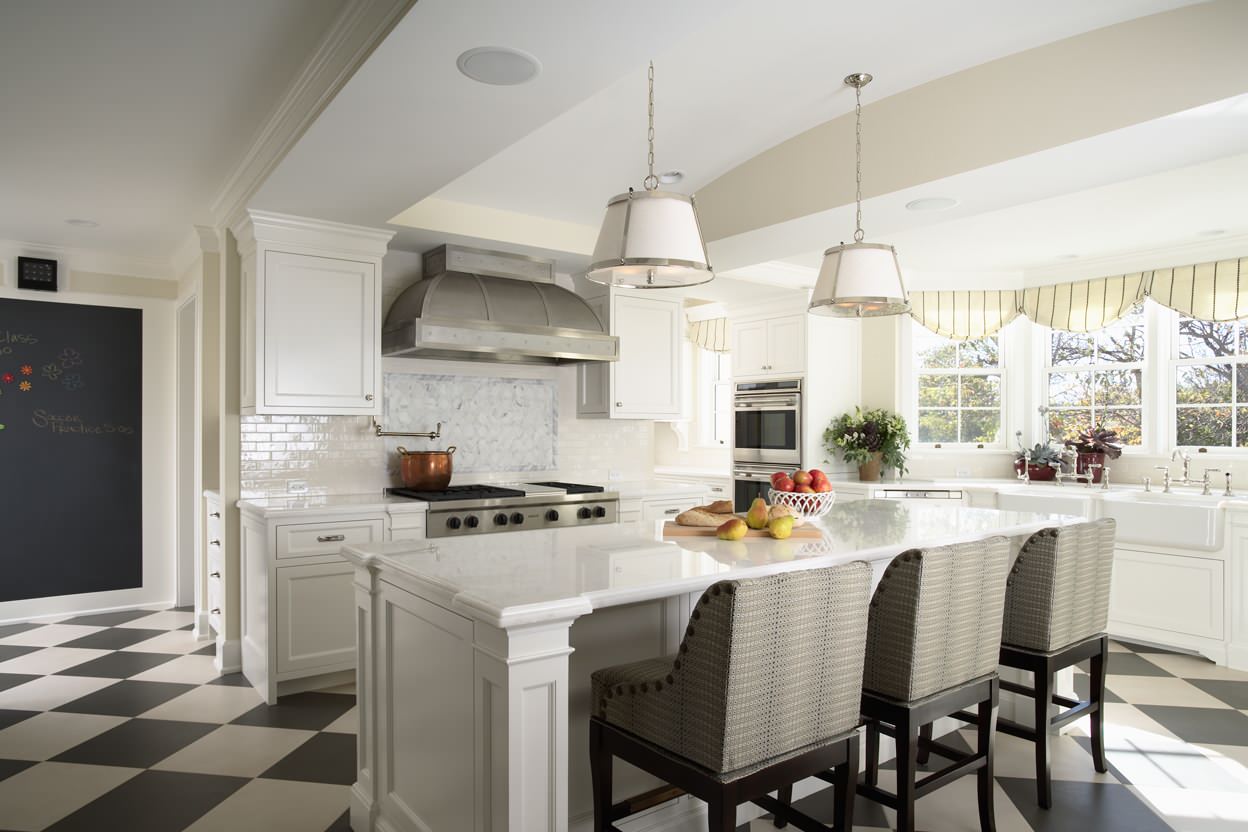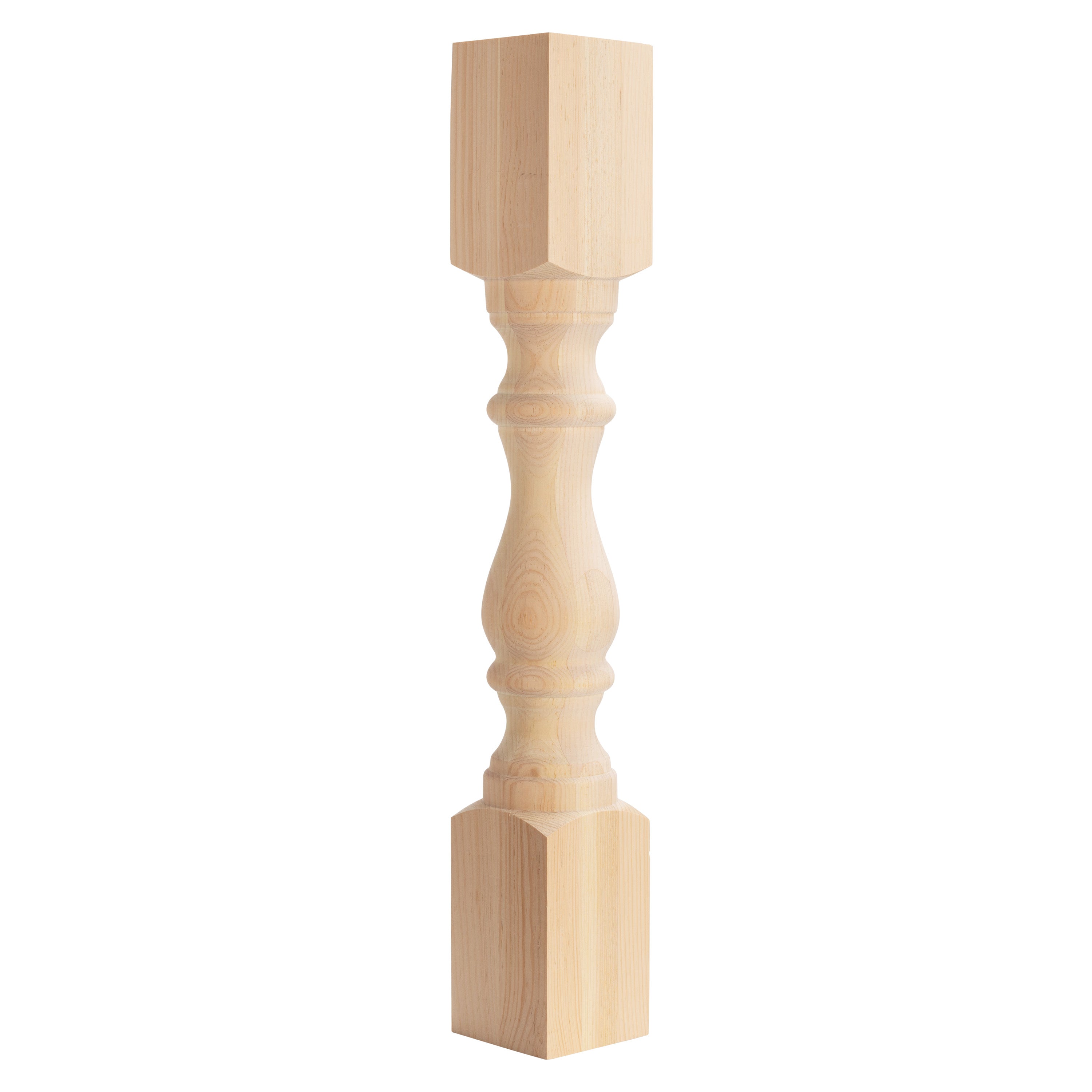Vital Tips for Choosing the Perfect Kitchen Island Leg for Your Home
Wiki Article
Checking Out the Necessary Functions of a Kitchen Area Island Leg for Your Culinary Space
The kitchen island functions as a main hub in any cooking area, and the choice of leg design is crucial in improving both its performance and visual allure. Comprehending the important features of kitchen island legs-- consisting of product choices, design styles, and security aspects-- can considerably impact the total experience within the kitchen area. As we explore these components, we will uncover just how thoughtful personalization and accessories can elevate your cooking area island from a simple utility to a striking focal point. What particular considerations should be focused on to accomplish this balance?Relevance of Kitchen Area Island Legs
Kitchen island legs play a crucial role in both the performance and aesthetics of a kitchen area space. They not only sustain the weight of the island but likewise boost the general layout, adding to the kitchen's visual charm. The option of legs can determine the design of the kitchen, be it modern, traditional, or rustic.Functionally, robust and correctly developed legs ensure security, permitting the safe usage of the island for various jobs such as food preparation, dining, or enjoyable. Solid legs protect against moving and wobbling, supplying a trusted surface for day-to-day activities.
Furthermore, the elevation and placement of the legs can affect the convenience degree for those seated at the island. A well-considered elevation can suit bar stools or chairs, promoting an inviting setting for celebrations.
Along with these functional considerations, cooking area island legs can offer as a prime focus in the area (kitchen island leg). Attractive or distinctly made legs can boost the layout visual, making the island a centerpiece. Thus, choosing the appropriate cooking area island legs is essential for stabilizing kind and function in any kind of cooking room
Material Options for Legs
Picking the ideal product for cooking area island legs dramatically affects both longevity and style. Typical material alternatives include metal, timber, and stone, each offering distinctive advantages.Timber is a preferred option due to its heat and adaptability. It can be easily tailored to match different design designs, from rustic to modern. Hardwoods like oak and maple give superb toughness and durability, while softer woods can be extra prone to tear and wear.
Steel legs are favored for their streamlined, contemporary aesthetic. kitchen island leg. Stainless-steel and light weight aluminum are not just robust but likewise resistant to rust and deterioration, making them suitable for kitchen settings. They can create a commercial look and are frequently readily available in different coatings to match various other kitchen components
Stone legs, such as granite or marble, add a component of high-end and security. While heavier than other products, they provide remarkable longevity and can endure significant weight. Nevertheless, they might require extra assistance to ensure appropriate equilibrium.
Ultimately, the selection of product need to line up with both functional requirements and the total layout vision of the kitchen area space, ensuring that the island legs boost both utility and aesthetic appeals.
Style Styles to Take Into Consideration
What style styles should be thought about when choosing legs for a cooking area island? The selection of leg style significantly influences the total visual of your cooking space. For a modern kitchen area, sleek and minimalistic leg styles, such as stainless-steel or geometric shapes, can enhance the contemporary appeal, providing a tidy and clean appearance.In comparison, traditional cooking areas benefit from timeless styles such as turned or sculpted wood legs, which include heat and personality. These choices frequently include intricate details that enhance classic furnishings. For a rustic ambiance, think about legs made from reclaimed timber or functioned iron, which bring an organic, natural top quality to the space.
If you lean in the direction of an industrial motif, durable steel legs with a troubled coating might be optimal, providing an edgy yet innovative touch. Additionally, farmhouse design kitchens can incorporate beefy legs that stimulate a sense of sturdiness and homeliness.

Height and Security Factors
The elevation and security of a kitchen island are vital components that straight influence its functionality and user experience. A suitable cooking area island leg should offer adequate height to fit a range of jobs, from food prep work to informal eating.Security is equally important, particularly as kitchen area islands commonly offer as prime focus in culinary environments. A stable leg design minimizes shifting and wobbling, which can result in mishaps or discomfort during use. Materials such as solid wood, steel, or a mix thereof are frequently utilized to attain the necessary durability. Moreover, the leg's accessory to the check over here island's base need to be secure, guaranteeing durability and resilience against the deterioration of everyday usage.
Modification and Devices
Personalization choices and devices for kitchen area island legs can look at these guys dramatically enhance both the aesthetic allure and functionality of the room. House owners can select from a variety of products, including stone, timber, and metal, permitting seamless integration with existing kitchen area decor. The selection of surface-- be it an all-natural discolor, repaint, or powder finishing-- further customizes the look, making sure that the island complements the general layout style.Along with product and finish, home owners may additionally check out the incorporation of devices such as decorative braces, adjustable feet, or incorporated shelving. Brackets can offer extra support while contributing to a modern or rustic aesthetic. Adjustable feet are particularly helpful for unequal floor covering, making certain the island remains steady and level, which is vital for both safety and usability.

Conclusion
To conclude, cooking area island legs serve a critical function in giving stability and improving the total visual of the culinary area. The choice of products and design styles adds to both performance and aesthetic allure, while considerations of height and security make certain practical use. Customization choices and accessories can raise the cooking area island, making it a distinct focal factor within the home. Thus, cautious consideration of these attributes is crucial for an effective kitchen area layout.The kitchen area island serves as a central hub in any type of culinary area, and the option of leg style is crucial in improving both its why not look here performance and visual charm. Understanding the important features of kitchen island legs-- consisting of product choices, design styles, and stability variables-- can substantially affect the general experience within the kitchen.Cooking area island legs play a crucial duty in both the performance and aesthetics of a kitchen room.What style styles should be considered when picking legs for a kitchen area island?In conclusion, kitchen island legs offer an important role in providing security and enhancing the total aesthetic of the cooking area.
Report this wiki page